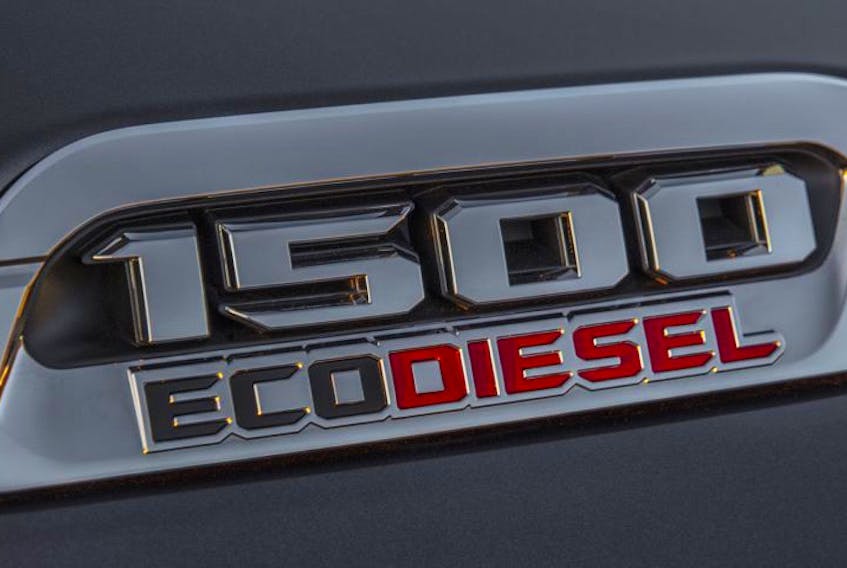Brian Turner
No question, diesel engines are making a comeback. Improved emission controls, performance, and smoothness have increased their popularity in light trucks, SUVs, and passenger cars. Truck and SUV owners appreciate the almost endless amount of torque on demand, along with fuel economy that doesn’t suffer with extra towing or cargo loads, and car shoppers are lured by the promise of work-truck lifespans. But when it comes to new technology in diesel power plants, all that glitters is not gold.
Diesel Exhaust Fluid (DEF)
One of the requirements for most ‘green’ diesels is a Diesel Exhaust Fluid (DEF) system. This weak concentration of urea in deionized water is injected into the exhaust stream to reduce emissions. Vehicles so equipped will have an onboard tank to hold the fluid, which is usually about a quarter of the size of the fuel tank. A full tank of DEF should give you a month or more of operation depending on distance driven and engine loads, while some lighter-duty diesel pickups can go a full run between oil changes before the DEF needs a top-up. It’s available at most full-service fuel stations and all automotive parts stores and runs around $10 per gallon.
No question, diesel engines are making a comeback. Improved emission controls, performance, and smoothness have increased their popularity in light trucks, SUVs, and passenger cars. Truck and SUV owners appreciate the almost endless amount of torque on demand, along with fuel economy that doesn’t suffer with extra towing or cargo loads, and car shoppers are lured by the promise of work-truck lifespans. But when it comes to new technology in diesel power plants, all that glitters is not gold.
Particulate filters
Another big surprise for first-time owners of new diesels is the self-cleaning mode of the particulate filter. This large muffler-like unit is mounted in the exhaust system and like the name suggests, it’s responsible for reducing the amount of small black particles that diesels are known to produce. They have sensors mounted in them to determine when any build-up has reached the point of reducing exhaust flow.
Under these conditions, the engine control computer will begin a cleaning routine by injecting excess amounts of fuel into the cylinders. This rich fuel mix works its way into the exhaust and then burns off inside the particulate filter until the sensors give the all clear. Drivers are notified of this via an instrument panel warning.
When this self-cleaning is happening, fuel economy will tank and you can easily go through twice as much fuel as normal, while your tailpipe emissions look anything but clean. Depending on the amount of build-up, it can take 100 kilometres or more of highway-speed operation to complete the task. Some warning systems are nice enough to suggest you top off the fuel tank before the process begins, but if not, make sure you have at least a half tank or more.
Emission testing has proven these emission controls effective, but they’re not as hands-off and economical as they might seem.
Copyright PostMedia Network, 2020









